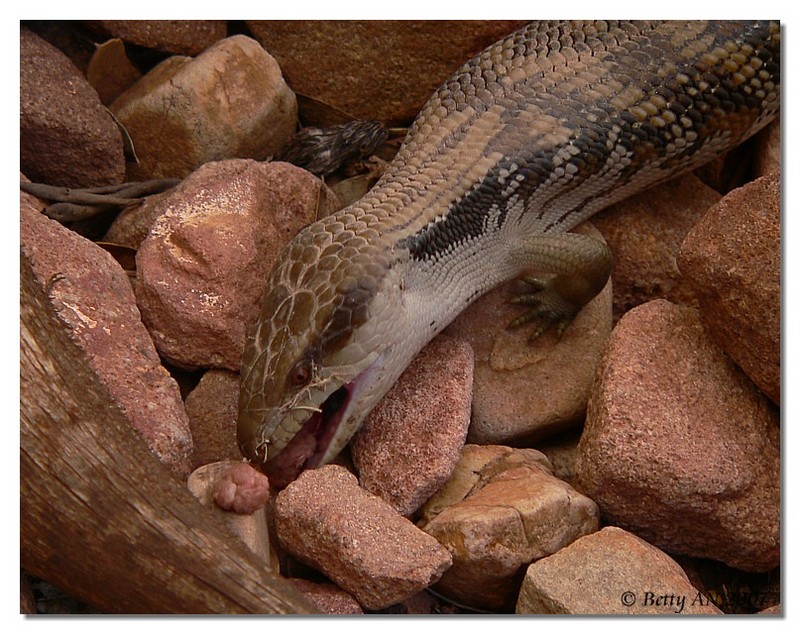|
| Query: Magpie | Result: 413th of 682 | |
bluetongue gets mince 2
| Subject: | bluetongue gets mince 2
| | Poster: | The Nottles (beluga@centralonline.com.au)
| |

| Resolution: 807x640
File Size: 196826 Bytes
Date: 2007:01:16 10:43:27
Camera: DMC-FZ20 (Panasonic)
F number: f/2.8
Exposure: 10/1600 sec
Focal Length: 506/10
Upload Date: 2007:01:23 01:16:01
|
"Yum, two bits..."
|
Comments |
|---|
| | Didi |
|
| Fantastic series Betty! |
| | The Nottles |
|
thanks Didi, not sure if I will get many pics of him again. Like a lot of
the world, we are having some seriously weird weather here. It is mid
summer, but we have been having lots of rain, and last night we were hit
with severe flooding. My yard was ankle deep in water all night, and the
streets were rivers, so I don't see how the poor little lizard could
survive. I haven't seen my "pet" magpie family for several days either which
is VERY unusual..... :-( |
^o^
Animal Pictures Archive for smart phones
^o^
|
|
|

